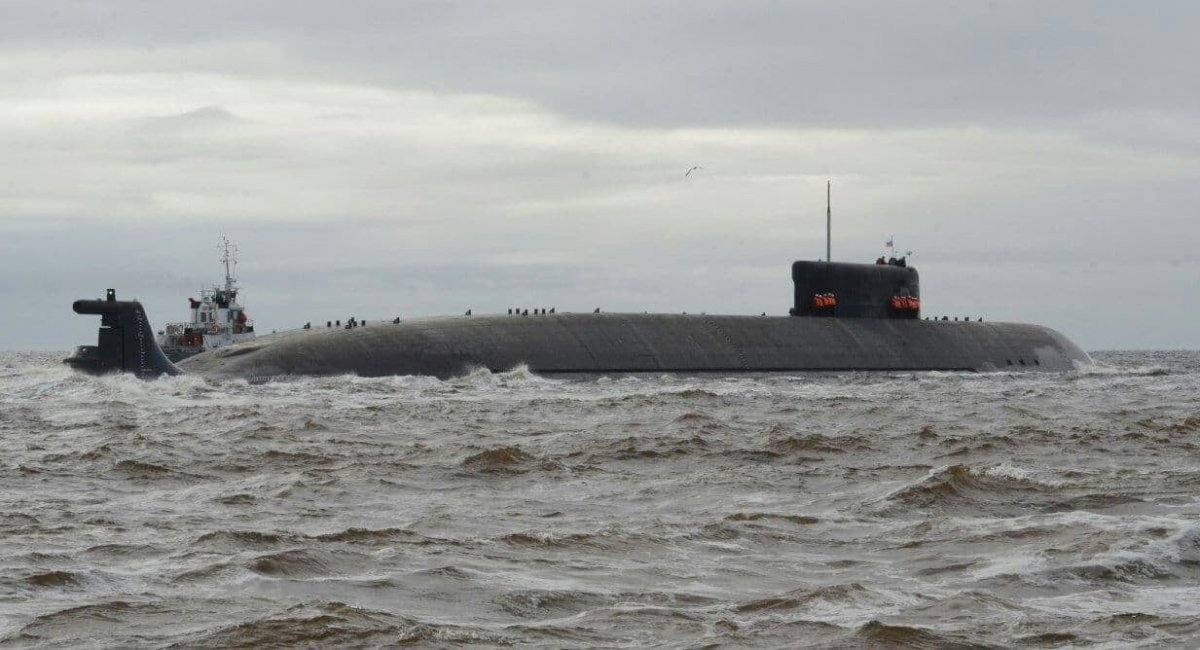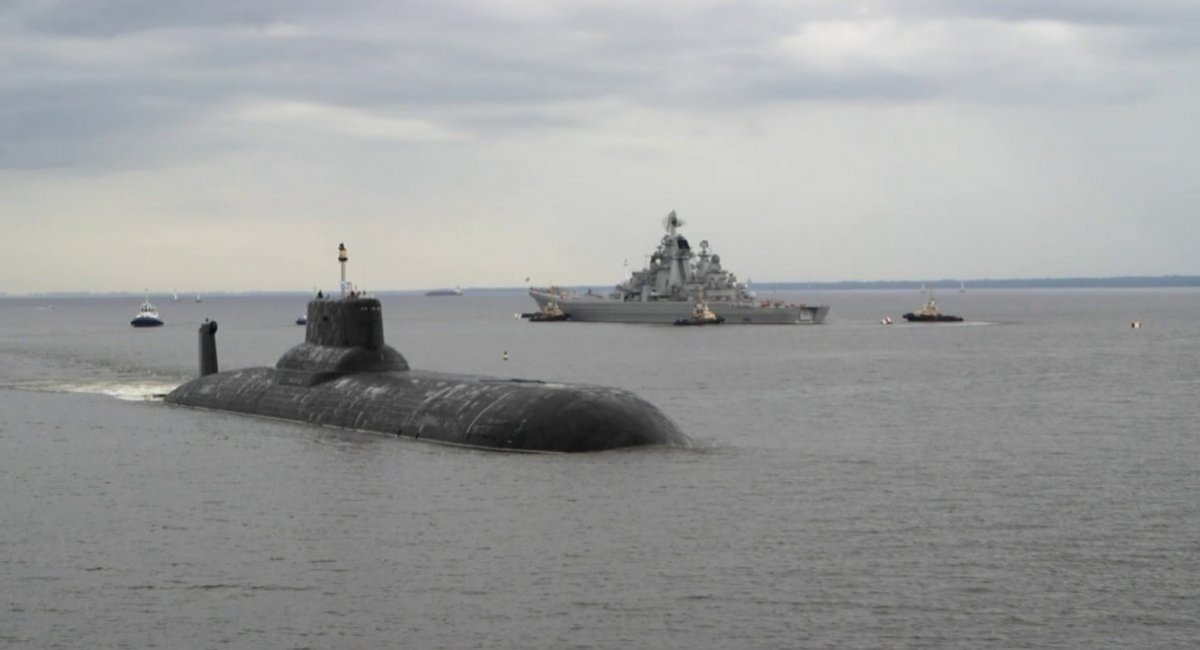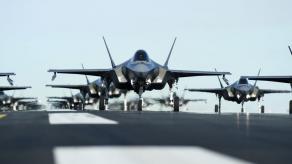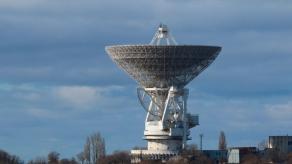russian propaganda media are reporting plans to build nuclear-powered submarines with a hull length of up to 360 meters for transporting liquefied gas along the Northern Sea Route. Underwater travel is expected to reduce the average transit time from 20 days to 12.
However, it is worth noting that, at present, the largest nuclear submarine in russia has a hull length of only 184 meters. This already suggests that russia’s supposed technological superiority is now spilling over into the domain of "dual-purpose" concept projects.
Read more: Questions to iran's New Kamikaze Drone For Submarines
To be specific, russia’s largest submarine to date is the special-purpose Project 09852 Belgorod, which also measures 184 meters in length. This submarine was built primarily as a carrier for Poseidon nuclear torpedoes, a project that has yet to be realized "in metal"—something russian propagandists prefer not to mention.

Until early 2023, russia also considered the Soviet-era TK-208 Dmitry Donskoy, a Project 941 submarine with a hull length of 174 meters and a submerged displacement of up to 50,000 tons, to be "the largest submarine in the world." There were even plans to equip it with 200 launch systems for Kalibr missiles. However, this nuclear submarine was decommissioned due to the aggressor state’s lack of resources to maintain such a massive underwater vessel.
Against this backdrop, russia’s technological capability to build a 360-meter nuclear submarine for liquefied gas transport—one that would need a cargo capacity of 180,000 tons and a draft of 14 meters—seems highly doubtful.

The idea of a submarine for cargo transport has some historical basis. During World War I, Germany's U-155 Deutschland was initially built to transport goods from the U.S. but was later converted into a submarine cruiser that sank 50 enemy ships. Similarly, Nazi Germany used submarines to transport scarce goods from Japan in World War II.
During the Cold War, the USSR explored amphibious assault submarine projects, with the largest being Project 717 in the early 1970s. This nuclear-powered vessel was planned to be 190 meters long, displacing 25,000 tons, and capable of carrying 800 troops or 20 vehicles. It was to have six 533-mm torpedo tubes and an 18-knot underwater speed. However, due to resource shortages, the USSR prioritized building Project 941 submarine cruisers instead.

Read more: That Time russia Wanted Own IDAS Missile Analog For Submarines, and How the Project Ended














